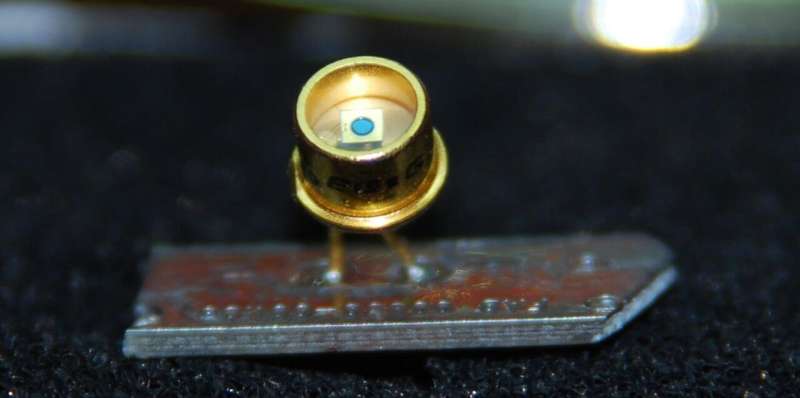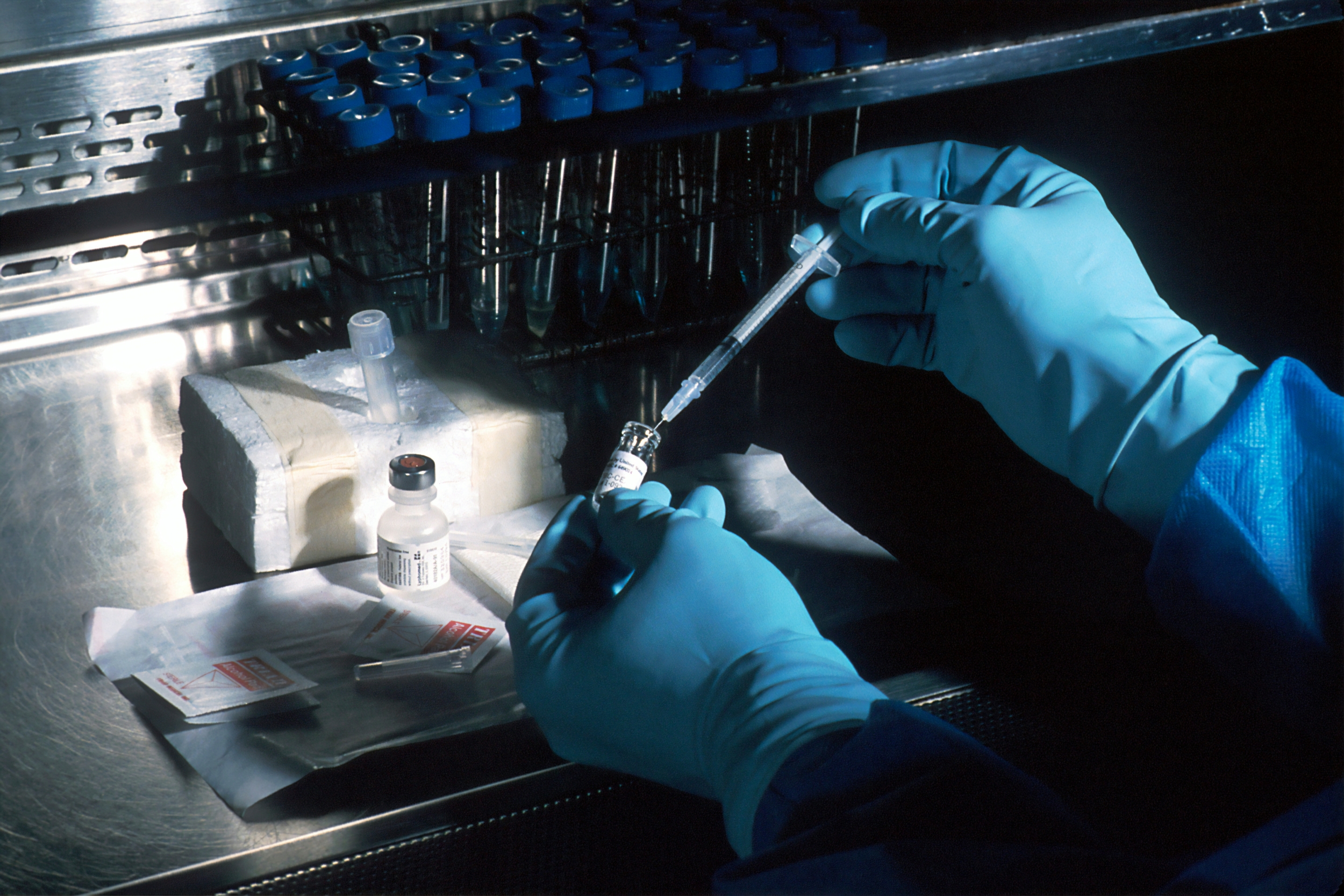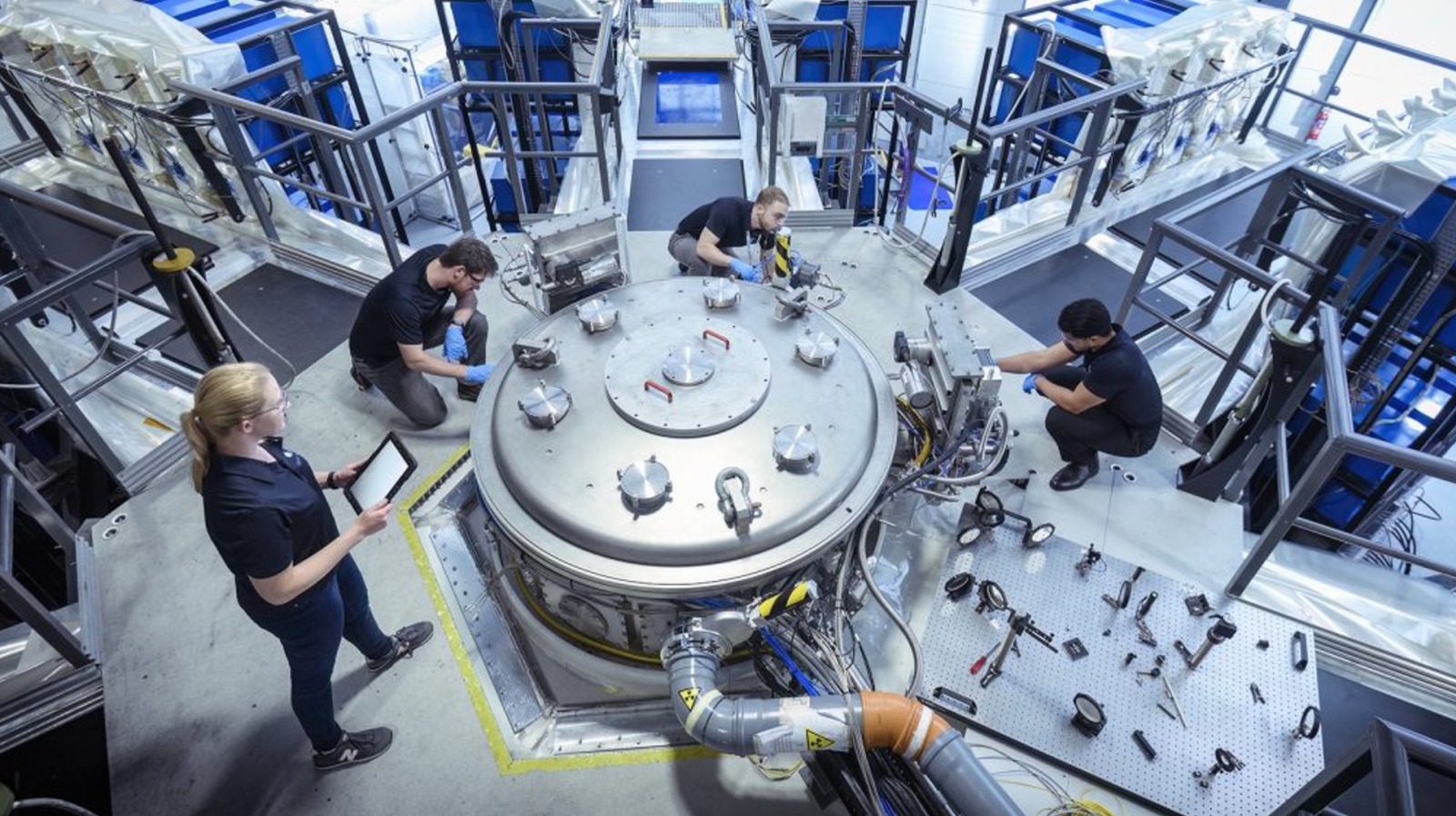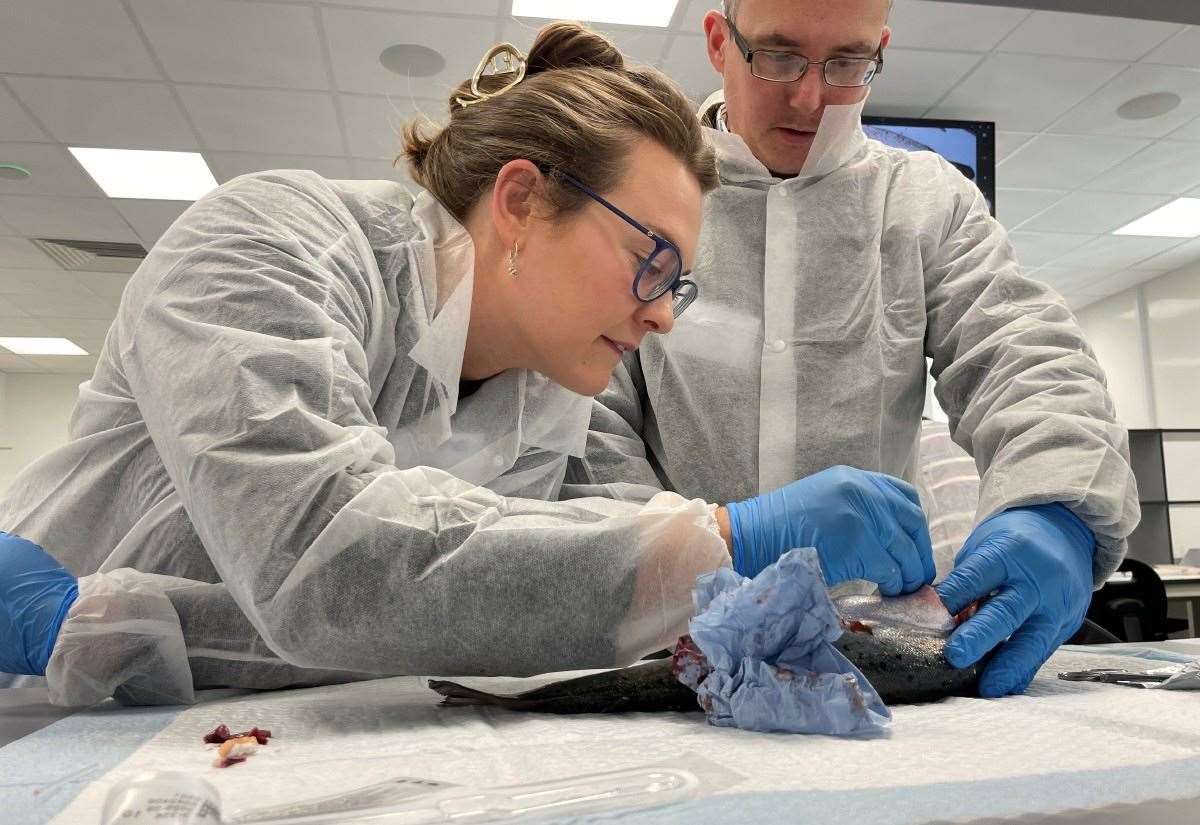Researchers have made significant advancements in the design of avalanche photodiodes (APDs), enhancing their capability to detect ultraviolet (UV) light, particularly in the near-ultraviolet (NUV) range. This breakthrough is detailed in a study led by Dr. Jonathan Schuster from the DEVCOM Army Research Laboratory, published in the IEEE Journal of Quantum Electronics on November 4, 2025.
Improving Photon Detection Efficiency
Geiger-mode avalanche photodiodes (GM-APDs) are renowned for their sensitivity, capable of detecting single photons. These devices utilize a process called impact ionization, where absorbed photons generate electron-hole pairs. When biased above a specific threshold known as the “breakdown voltage,” the resulting ionizations can lead to a self-sustaining avalanche of charge, producing a detectable electrical pulse. For effective photon detection, the APDs must exhibit high quantum efficiency (QE) at the desired wavelengths.
Currently, certain GM-APDs constructed from 4H-silicon carbide (4H-SiC) show promise for detecting photons around 280 nanometers. However, to improve photon capture efficiency at higher wavelengths, researchers face challenges. Enhancing the thickness of the absorber layers, essential for better performance, can complicate the design. Dr. Schuster and his team have addressed this by developing a numerical model specifically for creating APDs that function effectively in the NUV range.
Innovative Design Approaches
To enhance the NUV response, the research team determined that APDs with significantly thicker absorber layers, potentially tens of microns, are necessary. This requirement shifts the design from traditional PIN architectures, which are less than 3 micrometers, to a separate-absorption charge-multiplication (SACM) architecture. Dr. Schuster noted that this transition presents unique engineering challenges, particularly in modifying existing designs to accommodate a thicker backside absorber.
Utilizing their new numerical model, the researchers designed SACM APDs with promising efficiencies. They explored two architectural designs: non-reach-through (NRT) and reach-through (RT). The NRT-SACM design achieved a unity gain QE of up to 32%, while the RT-SACM design reached 71% for photons with a wavelength of 340 nanometers. Both designs successfully maintain a strong electric field within the multiplication layer, crucial for Geiger-mode operation.
The study emphasizes the importance of engineering doping profiles to balance competing mechanisms—maximizing minority carrier diffusion length while minimizing potential barriers at critical interfaces. For the RT-SACM architecture, a carefully modulated total charge in the charge layer was found to be essential for optimal electric field strength.
In conclusion, the findings from Dr. Schuster’s team highlight several design principles that can guide the development of GM-APDs aimed at single-photon counting in the NUV wavelength range. With 4H-SiC avalanche photodiodes applicable in areas such as environmental monitoring and combustion detection, this research paves the way for more sensitive and efficient photodetection technologies.
For more information, refer to the study by Jonathan Schuster et al titled “Design Challenges in Binary 4H-SiC NUV-Enhanced SACM APDs” in the IEEE Journal of Quantum Electronics.







